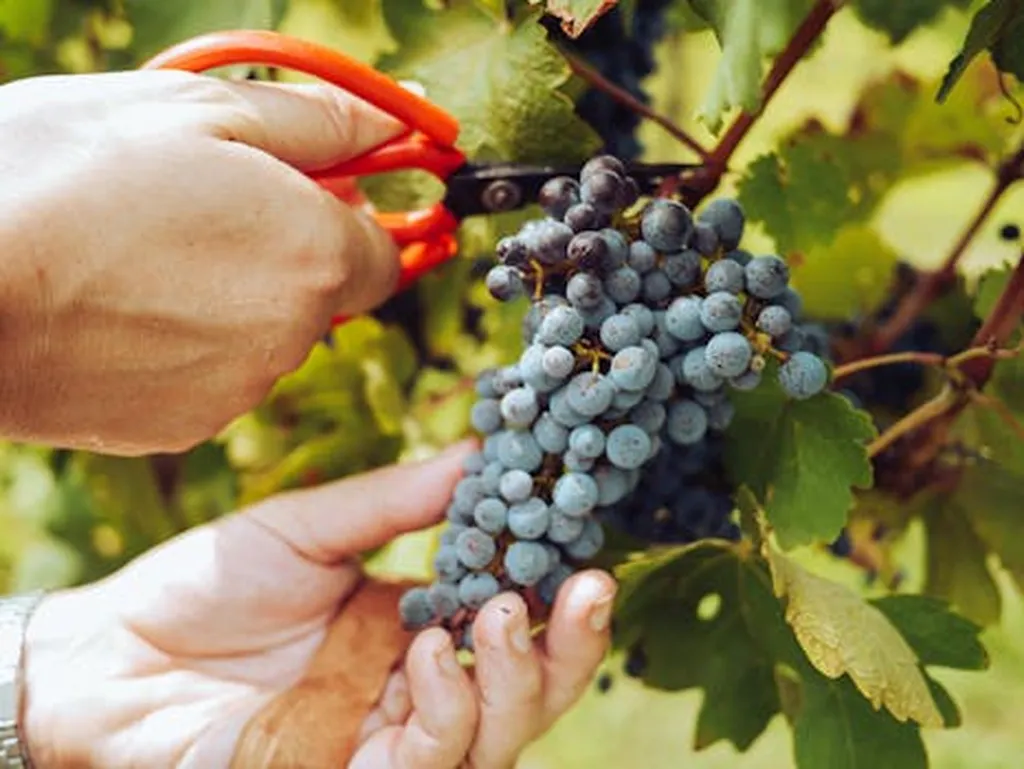In the sprawling fields and orchards where fruits ripen under the sun, a quiet revolution is taking root. As global fruit cultivation surpasses 120 million hectares with an annual yield nearing 940 million tons, the labor-intensive task of picking is gradually being handed over to intelligent robotic systems. Yet, the journey towards full automation is fraught with challenges, particularly in the design of universal picking end-effectors—the robotic hands that must gently pluck everything from delicate strawberries to sturdy kiwifruits.
A recent review published in *Agronomy* and led by Wenjie Gao of the School of Agricultural Engineering at Jiangsu University, China, delves into the state of the art and future trends in robotic fruit picking. The review highlights the critical role of end-effectors, which must balance adaptability with precision to handle the vast diversity of fruit shapes and fragility. “The diversity of fruit shapes and the wide variation in damage thresholds—2–4 N for strawberries, 15–40 N for apples, and about 180 N for kiwifruit—further highlight the challenge of universal end-effector design,” Gao explains.
The review examines two primary technical pathways: separation mechanisms and grasping strategies. Separation mechanisms focus on how fruits are detached from the plant, while grasping strategies ensure the fruit is securely held without damage. Recent advancements have seen prototypes achieve picking success rates exceeding 80%, with average cycle times reduced to 4–5 seconds per fruit. However, most designs remain at early Technology Readiness Levels (TRLs 3–5), with only a few reaching TRLs 6–7 in controlled greenhouse trials.
One of the most promising directions for future development is the use of humanoid picking hands, which could offer the adaptability needed to handle a wide range of fruit types and canopy structures. Advanced technologies such as tactile sensing, smart materials, and artificial intelligence are also driving the next generation of picking end-effectors, paving the way for more versatile and efficient robotic systems.
The commercial implications of this research are significant. As the agriculture sector faces labor shortages and rising costs, the adoption of robotic picking systems could revolutionize the industry. “The insights from this review are expected to accelerate the industrialization and large-scale adoption of robotic picking systems,” Gao notes. By overcoming the current limitations in end-effector design, the agriculture sector could see increased efficiency, reduced labor costs, and improved fruit quality, ultimately benefiting both producers and consumers.
As the field continues to evolve, the integration of advanced technologies and innovative design approaches will be key to unlocking the full potential of robotic picking systems. The journey towards universal end-effectors is far from over, but the progress made so far offers a glimpse into a future where robots and humans work side by side to harvest the fruits of our labor.

